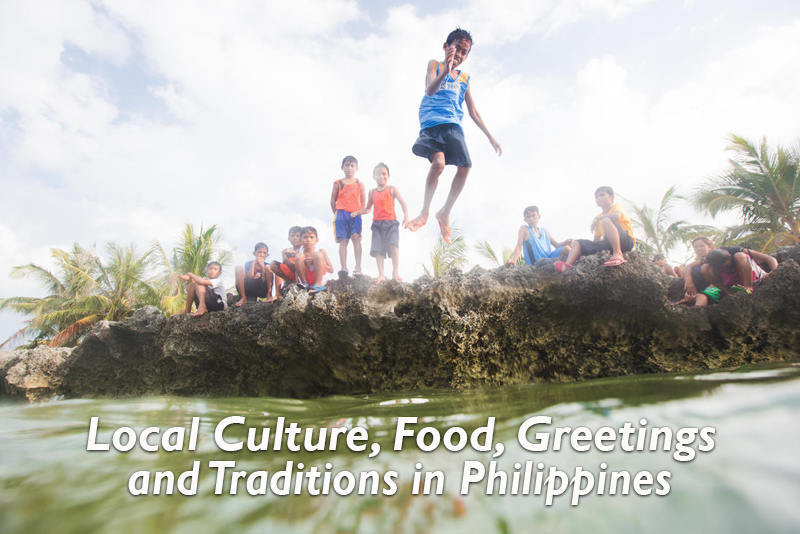Philippines, Bohol 5 AP
Philippines, Bohol 5 AP
| Profile | |
| Impact Area Population: | 38,190 people |
| Programme Lifespan: | 2024 to 2036 |
| For more information, download the AP profile (in PDF). | |
Catch the latest videos from Bohol 5 AP here:
*click on the Youtube video title to access the full playlist
Learn more about the Philippines' culture:
Bohol is the tenth largest island of the Philippines and lies in the heart of the Central Visayas. Bohol has experienced widespread poverty due to the combined effects of post-pandemic, increased population, over-exploitation of the land and marine resources, typhoons and natural disasters. Children and families are thus exposed to vulnerabilities including the lack of access to quality education, healthcare and limited livelihood opportunities.
The number one cause of illness among children in Bohol is diarrhea and gastroenteritis due to the lack of access to basic safe water supply. 10% of Bohol households also have no sanitary toilet facilities.
While the main source of income is farming, farmers in Bohol face challenges such as lack of access to credit, inadequate infrastructure, and low prices for their produce. Fishermen also face challenges such as overfishing, competition, and the impact of climate change. Low fish catch, low crop yield, and rising costs make it hard for families to make a living. This leads to children dropping out of school as parents prioritise their children's labour contributions to the household over their education, especially where economic livelihood is in dire need.
The Covid-19 pandemic, coupled by Typhoon Rai, caused numerous school closings and damages, resulting in more than 50% of learners across Grade 1 to 10 having reading difficulties, aggravating Bohol's issue of learning poverty.
| 1. | Typhoon Rai, coupled with the pandemic, have caused numerous school closings and damages, and there is also a lack of access to educational resources such as textbooks and learning materials |
| 2. | Lack of safe drinking water and WASH facilities in homes and schools lead to water-borne diseases |
| 3. | Limited livelihoods and income cause children to be vulnerable to exploitation, abuse and trafficking |
| 4. | Lack of trained early responders with technical skills and knowledge to implement disaster risk reduction and prevention |
To improve children’s access to quality education, medical care, sanitation facilities and improve families’ economic capabilities.







